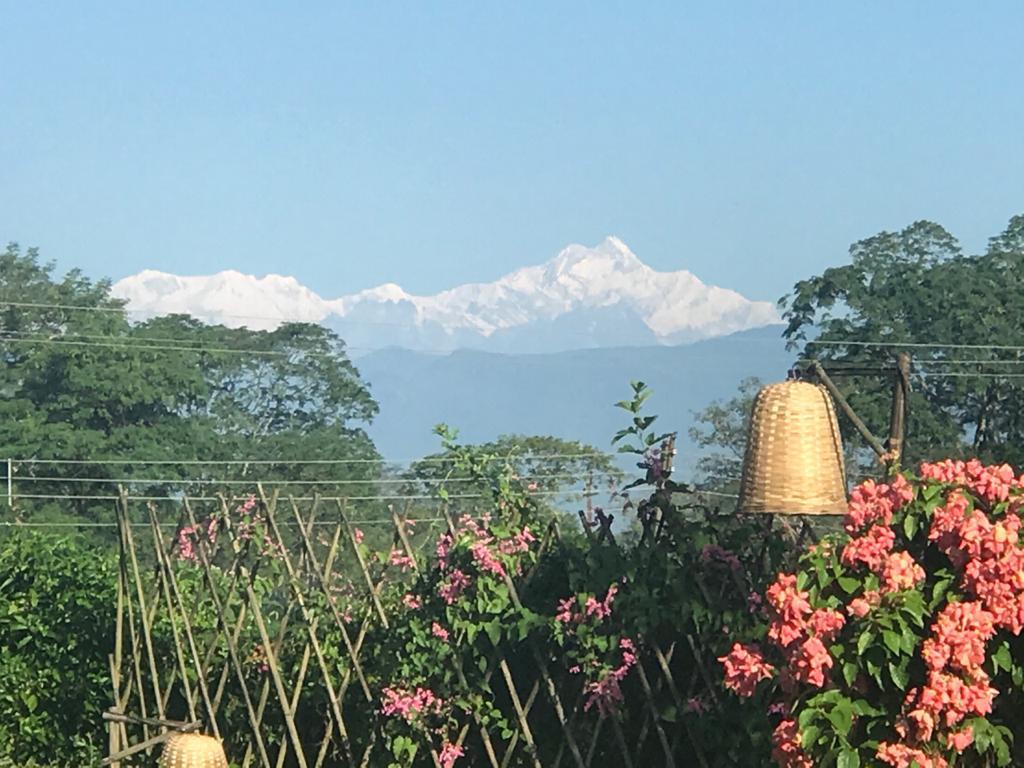Tea tourism is more than an overnight stay in a quaint tea bungalow and a stroll in the garden. Meaningful interactions introduce visitors to local tea culture, unique tea processing techniques, and natural and historical surroundings.
Tourists can explore the environment on ecotourism hikes along tea trails with spectacular vistas, spiritual tourism by visiting temples on pilgrimages and enjoy gastronomic tourism that reveals the delights of culinary tea while dining.
The Routledge Handbook of Tea Tourism is a compendium that provides comprehensive and cutting-edge insights into global tea tourism. The book features contributions from scholars and experts in 19 countries.
- Caption: Baradighi Tea Estate Bungalow in Dooars, India
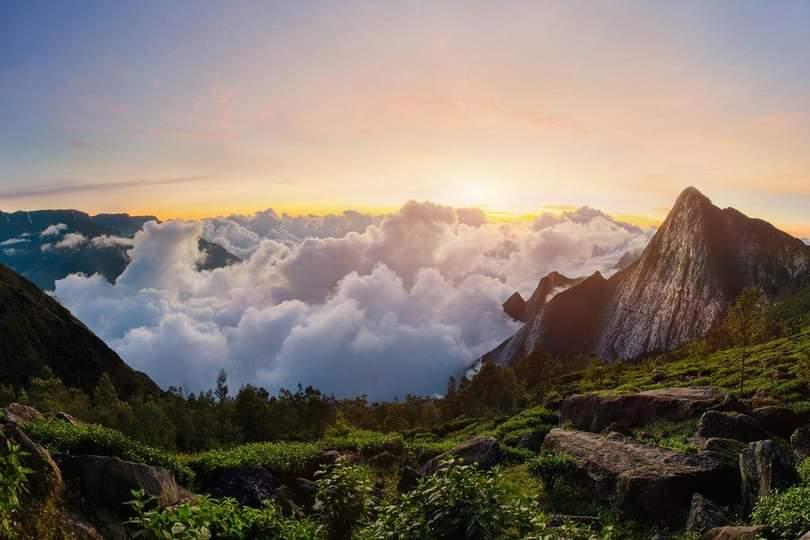
Tourists Experience Exotic Lands and Local Tea Culture
By Roopak Goswami
Experts debate the importance and challenges of tea tourism in the 21st century as new opportunities emerge. UNESCO, for example, announced it would review the joint nomination by Turkey and Azerbaijan for “Culture of Çay (tea), a symbol of identity, hospitality and social interaction” for inscription on the Representative List of the Intangible Cultural Heritage of Humanity.
The designation was approved on Dec. 1.
“The UNESCO recognition will create awareness of the need to protect this heritage which is part of the resource for tea tourism,” says Dr. Lee Jolliffe, Visiting Professor, Hospitality and Tourism Management at Ulster University in Northern Ireland. Joliffe is the lead editor of the Routledge Handbook of Tea Tourism, now available in hardback and a downloadable eBook.
The book describes tea as “an agricultural product of exotic lands. Brewing the leaf into a beverage provides a connection to nature, the tea workers, and the tea landscapes of production areas. These are all experiences that are inherent in tea tourism, whether through preparing the beverage at home from souvenir tea purchased during travel, consuming it at a local café or in a tea course, or visiting with tea workers in the tea fields and factories where it was produced and experiencing local tea culture,” writes Jolliffe.
- The Routledge Handbook of Tea Tourism, published by Routledge Taylor and Francis Group in the UK, is available Nov. 29 as a hardback and eBook that sells for $47. Visit routledge.com to order.
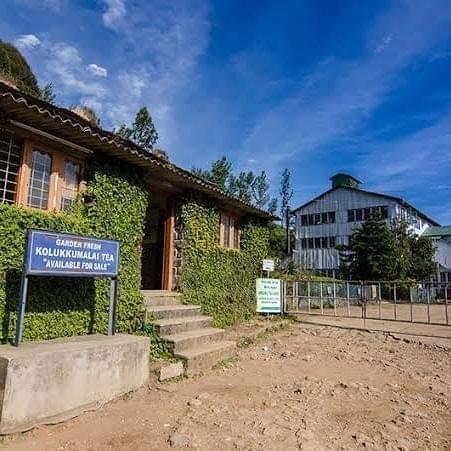


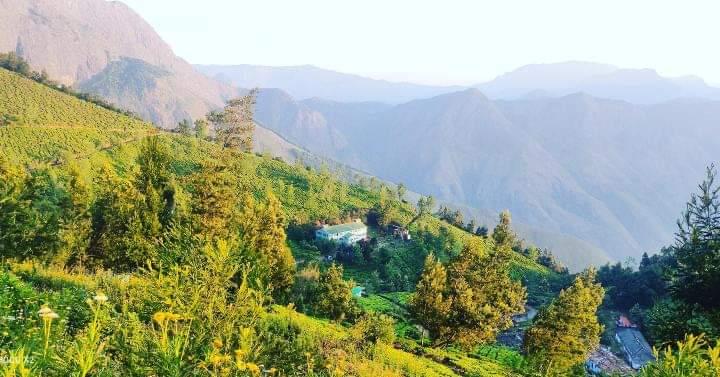
“The book provides the opportunity to bring together academics and practitioners. Tea tourism is important to the tea industry as a way to promote tea and knowledge about tea and supplement and diversify income at tea-producing locations.”
– Dr. Lee Jolliffe
The handbook digs deep into topics that include the roots of tea tourism in China, the relationship of wild tea to indigenous tourism in Vietnam, and the relationship of heritage railways to tea tourism and tea tourism in Africa. The book has examples of tea tourism from many countries, including India, Thailand, Turkey, Sri Lanka, Iran, Japan, and China. It also provides insights into the resilience of tea tourism, examining topics such as human-wildlife conflicts.
“The book provides the opportunity to bring together academics and practitioners. Tea tourism is important to the tea industry as a way to promote tea and knowledge about tea as well as to supplement and diversify income at tea-producing locations,” Jolliffe says.
She indicates that tea tourism has ancient origins and is still important today. She said that virtual tea tourism emerged during the pandemic and continues in the post-COVID-19 period. Accommodating visitors from afar may ultimately increase domestic tourism at tea-producing locations.
Professor M.S.M Aslam, Professor in Tourism Management at the Sabaragamuwa University of Sri Lanka and one of the Handbook’s editors has been doing research with Jolliffe for the past 15 years.
He told Tea Biz “Two decades back, only a small percentage of tourists were interested in making short visits and enjoying tea gardens, but within the last two decades, tourist arrivals at tea plantations and tea destinations have increased drastically with numerous purposes for visits.”
“Today tea tourism is an emerging global tourism segment, and it has been practiced not only in tea-producing countries but also in many other destinations or countries where you do not find popular tea plantations. Tea culture has long been a prominent attraction in Japan and China, but tea landscapes were introduced into the tourism industry in Sri Lanka and then Darjeeling tea plantations,” he said.
“Now today, tea tourism comprises tea culture, tea process, tea lodging, tea trails, tea and ecotourism, tea and spiritual tourism, tea, and gastronomic tourism, etc.,” he said.
Tea tourism is a huge global phenomenon with huge potential but there are also numerous challenges presented in different chapters in the handbook. “We believe the handbook is a reference book for all types of people who are interested in tea and tourism and it is also going to be a practical guide and catalogue for people who are interested in tea tourism,” he adds.
Co-authors Evarisa M. Nengnong and Saurabh Kumar Dixit talk about Meghalaya state in India, where tea gardens have started the homestay concept as a diversification from tea production. The authors say homestays can improve local livelihoods, boost rural economies, and address socio-economic challenges in tea landscapes.
Durrung tea estate in Assam, owned by Jalan Industries, has partnered with Postcard Hotels to make Assam’s first luxury tea resort. “The tea estate will give tours, and local customers are given a lot of importance in how experiences of guests will be curated,” a senior official at Jalan Industries said.
Assam assigns importance to tea tourism. Assam’s 2022 Tourism Policy calls for selecting 50 iconic gardens for developing tourist infrastructure in a public-private partnership project. Assam permits tea gardens to use 5% of their land to promote eco-friendly tea tourism, cultivation of crops, and services like wellness centers, schools, colleges, and others that could help improve their financial position. The West Bengal government allows tea gardens to use 15% of their land for tea tourism.

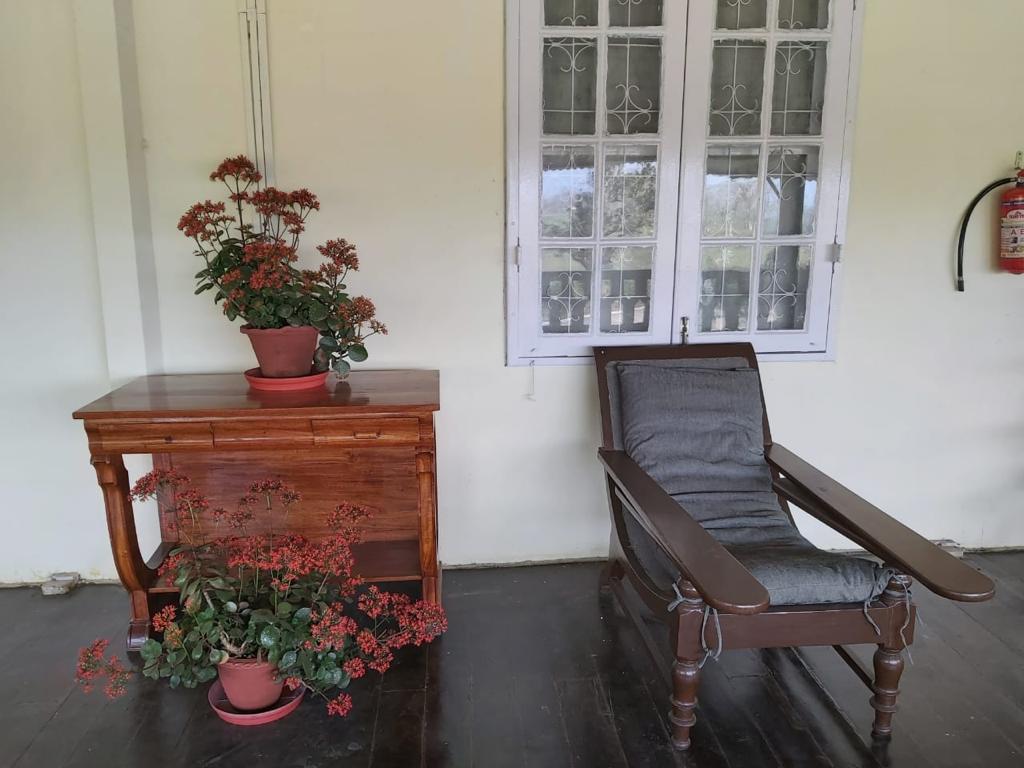

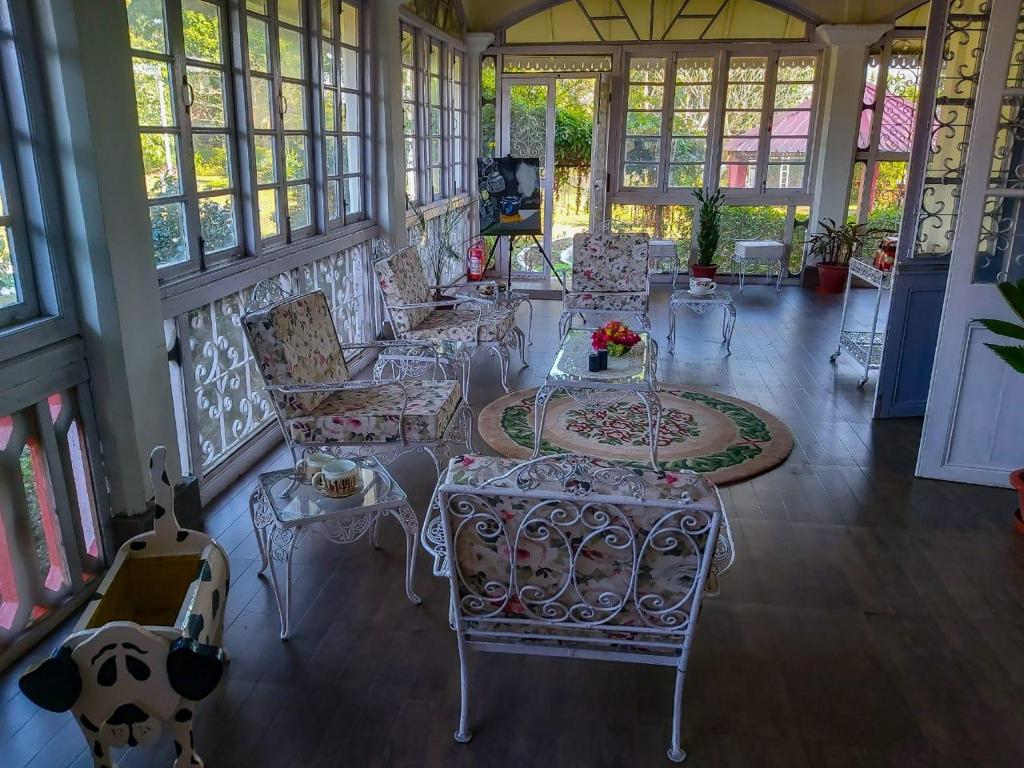
Related
- Authentic and Sustainable Tea Tourism by Anesce Dremen
Link to share this post with your colleagues
Signup and receive Tea Biz weekly in your inbox.
